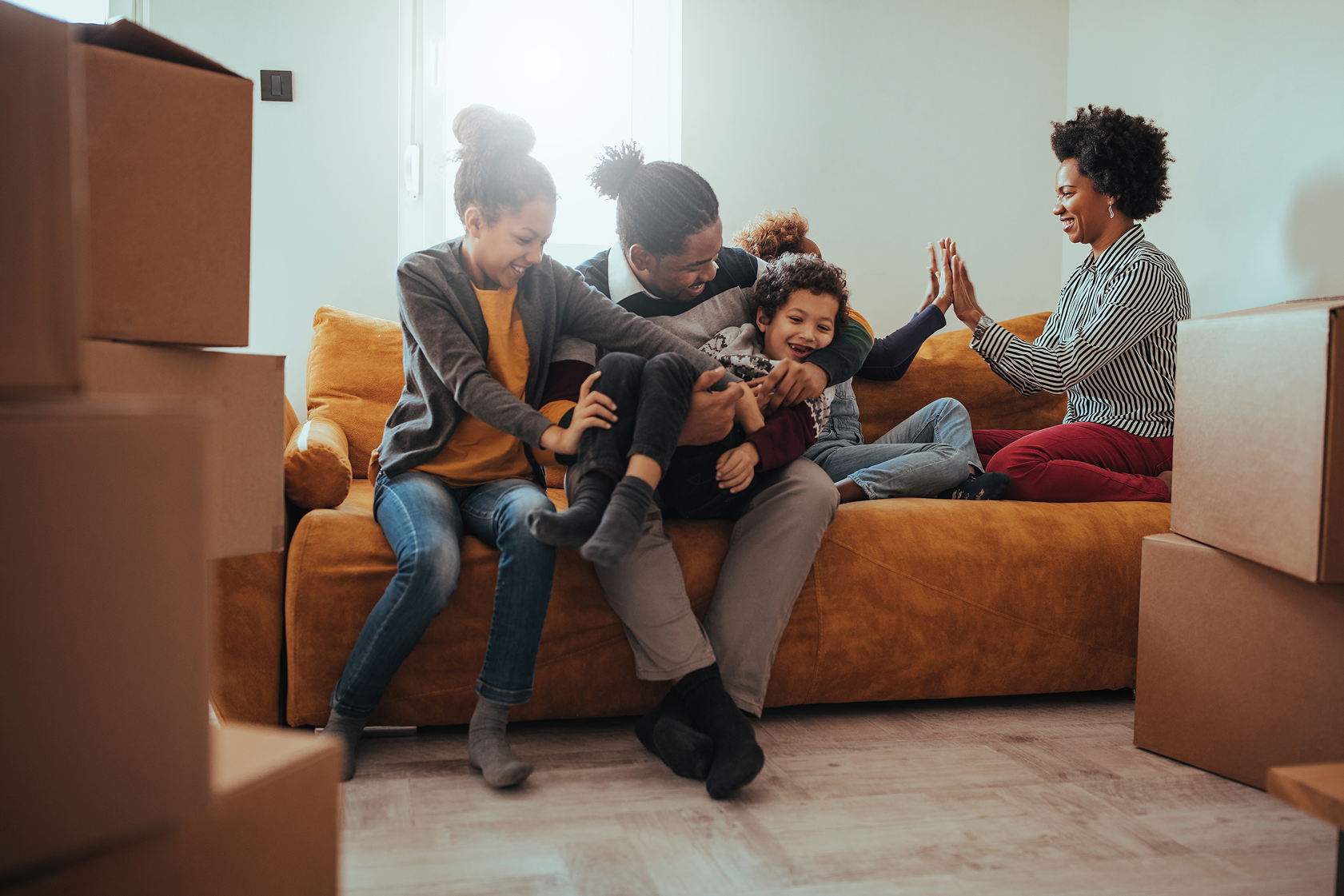Drag
Select
Call Now
Expert tips to prepare kids for a big move
Kid
Parent

Change = Opportunity
If you have ever moved, you know how stressful it can be. Boxing, packing tape, moving companies, PODS, transportation, finding a new house… the list goes on and on.
Moving is not only stressful for parents, but it can also be equally or more stressful for kids. They typically do not have significant input into the decision to move or the location of their new home, and have to go with the flow. Kids may react by becoming irritable, having trouble sleeping, withdrawing from friends and not applying themselves in school. This is often because they are afraid of the unknown and losing what’s familiar to them.
Kids thrive on structure and routine. Their regular environment feels safe from a world that sometimes feels very uncertain. It's important to note that moving is felt by children of every age. Moving can be especially anxiety-provoking for teens, which is a phase in life when fitting in and having friends is more important than ever.
Younger kids, on the other hand, tend to worry more about making new friends and fitting into their new school. As a result, they can start to act out and have behavioral issues. Even for very young children and infants, you are changing the child’s “safe space”, which is a big deal for them.
If any of this sounds familiar, Bend Health has your back. Moving, though stressful, can be a time for families to come together, support each other and get closer than ever.
{{quotecgchld="/blogcomponents"}}
The first step is communication. Here are some of our top tips to remember when preparing kids for a big move:
- Tell your kids as soon as you know that a move is going to happen. Don’t wait until a week or two out. Giving as much notice as possible will help them mentally prepare.
- Start with explaining what will be the same and what will be different after the move, and share why you are moving: A new job, to be closer to extended family, or whatever it may be. Knowing the rationale can help ease anxiety.
- Answer any questions that come up in age-appropriate language and keep the discussion positive and upbeat.
- Point out things that the child can look forward to after the move. And validate any emotions they have. If they get sad say something like, “I know this is hard, I know you are going to really miss this house. I will miss it too.”
Just like first impressions, the first discussion about a move will set the tone for your child’s emotions about the move. The next step is to involve them in the process. Bring your child on walk-throughs on the new house or show them pictures online. Explain what will be the same (they will have the same bed), but what will be new (you get your own room!).
Kids are very wise when it comes to what they need. So, don’t forget to ask them what they need to feel comfortable or safe in the new space, or what they like in their current house that makes it feel like home. See if they can keep something from the old home and bring it with them on the trip. Use their responses to create a “comfort bag” to carry with them on the day of the big move.
This will help the parent stay calm and not have to riffle through boxes, and the kids will have something to do and make them feel comfortable. An example is their favorite animal, new stickers or something they can put in their room to start decorating it. For school aged kids, complete a video tour, a picture tour or face-time with their new school. Obviously in person is better, but get creative!
Then comes the moving day! First remember, something will always go wrong. So schedule additional time for your child to have a meltdown (or maybe for yourself). If the family is a two-parent household, consider having one parent with the children on moving day, while the other handles the logistics of the move. If you are a single parent, consider calling in back-up.
On the big day, have a planned farewell for the day, including saying goodbye to neighbors and taking pictures of things to keep the memory. Maybe even create a memory box with things like dirt or leaves from around the old house that the child can revisit later. This is important given that creating sensory input can have a positive effect on the child. When you get to the new house, give them as much control as possible. Allow them to pick the first meal for the family, let them unpack a special box you set aside for them. Moves are unpredictable, so give them something they can control.
Over time it will become easier, but continue to support your children to focus on the positive, but validate that it is not easy. Help them create opportunities to make new friends or get comfortable in their new school. Finally, just try to schedule time for them during the move. The more you are present for them, the more time they have to express how they are feeling on their own time and you can support them in the process. These are all moments of opportunity to come closer together and communicate.




